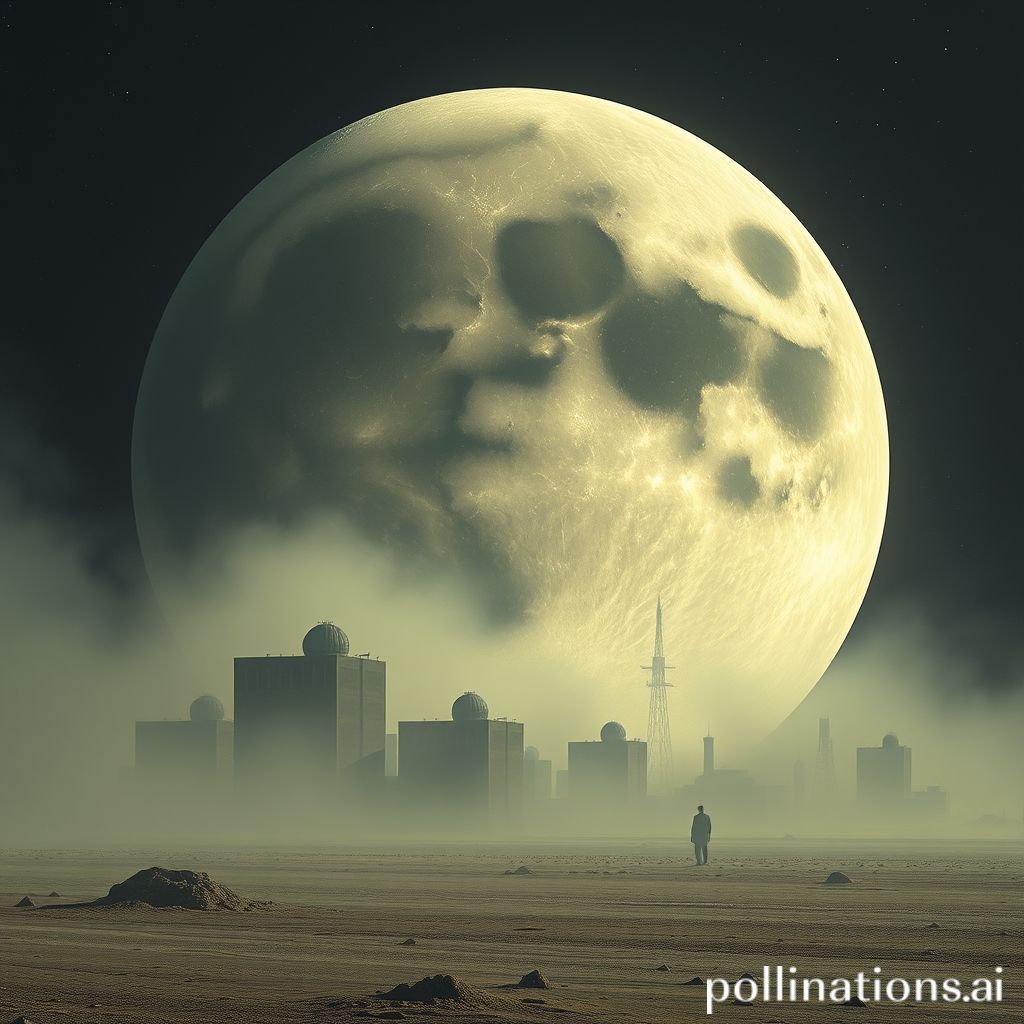
Breathing Lunar Dust Is Bad for Our Bodies, But Not as Bad as City Dust on Earth
Hey Space Explorers and Earth Dwellers!
Have you ever wondered about the potential health hazards of living on the Moon? We often hear about radiation and the lack of atmosphere, but what about the lunar dust? It s a fascinating and potentially problematic substance. But before you start picturing astronauts coughing up moon rocks, let s put things into perspective and compare this celestial nuisance to something a little closer to home: good old city dust.
Lunar Dust: The Moon's Pesky Powder
Lunar dust, or regolith, isn t like the soft, fluffy dust bunnies you find under your couch. It s a fine, abrasive powder made up of sharp, angular particles. These particles were created by billions of years of micrometeorite impacts constantly bombarding the lunar surface. Without an atmosphere to erode and smooth them down, these grains remain jagged and incredibly irritating.
Why is lunar dust potentially dangerous?
Size Matters: Lunar dust particles are incredibly small, allowing them to penetrate deep into the lungs when inhaled.
Sharp Edges: The angular shape of the particles can cause irritation and damage to lung tissue.
Chemical Composition: Lunar dust contains reactive compounds that can cause oxidative stress and inflammation in the body.
Exposure to lunar dust can lead to a condition known as "lunar hay fever," with symptoms including coughing, sneezing, and irritated eyes. Long term exposure could potentially lead to more serious respiratory problems. NASA is actively researching methods to mitigate the risks of lunar dust exposure, including developing advanced spacesuits and habitat filtration systems.
City Dust: The Unseen Urban Threat
Now, let's turn our attention to the dust we encounter every day in our cities. City dust is a complex mixture of organic and inorganic materials, including:
Pollen
Soil
Vehicle exhaust
Industrial emissions
Construction debris
Microplastics
The Health Risks of City Dust
While lunar dust poses a unique set of challenges, city dust presents a far more immediate and pervasive threat to human health.
Respiratory Problems: City dust is a major trigger for asthma and other respiratory illnesses. The fine particulate matter (PM2.5 and PM10) found in city dust can penetrate deep into the lungs, causing inflammation and reducing lung function.
Cardiovascular Issues: Studies have linked exposure to city dust with an increased risk of heart attacks and strokes. The pollutants in city dust can damage blood vessels and promote the formation of blood clots.
Cancer Risk: City dust contains carcinogenic substances, such as polycyclic aromatic hydrocarbons (PAHs) and heavy metals, which can increase the risk of developing cancer over time.
Allergies: Pollen and other allergens in city dust can trigger allergic reactions, causing symptoms like sneezing, runny nose, and itchy eyes.
Lunar Dust vs. City Dust: A Comparative Look
To illustrate the differences between lunar and city dust, let's compare them side by side:
| Feature | Lunar Dust | City Dust |
||||
| Particle Shape | Sharp, angular | Variable, often rounded |
| Composition | Primarily silicates, some reactive compounds | Complex mixture of organic and inorganic materials |
| Primary Health Risk | Lung irritation, potential for long-term respiratory issues | Respiratory problems, cardiovascular issues, cancer risk, allergies |
| Exposure Level | Limited to astronauts and lunar inhabitants | Widespread and constant for urban dwellers |
| Mitigation Strategies | Advanced spacesuits, habitat filtration | Air quality regulations, pollution control measures |
While lunar dust presents potential hazards for future lunar inhabitants, the reality is that most of us will never encounter it directly. City dust, on the other hand, is a constant presence in our lives, posing a significant threat to public health.
Why City Dust Might Be Worse
While lunar dust is undeniably irritating and potentially harmful, it's important to consider the context of exposure. Astronauts on the Moon will be wearing specialized spacesuits and living in filtered habitats designed to minimize dust exposure. Furthermore, the duration of their exposure will likely be limited.
City dwellers, on the other hand, are exposed to city dust every day, often without any protective measures. The cumulative effect of this constant exposure can be devastating to long term health.
Looking Up and Looking Around
The concerns surrounding lunar dust are valid and important, especially as we plan for future lunar missions. However, it's crucial to remember the environmental challenges we face here on Earth. We are constantly breathing in a cocktail of pollutants, allergens, and other harmful substances.
As we strive to explore new worlds, we must also prioritize the health and sustainability of our own planet. Reducing air pollution, promoting clean energy, and creating healthier urban environments should be our top priorities.
Let s not forget the dust devils swirling in our own backyards. While the allure of space exploration is undeniable, so is the very real need to address the environmental challenges right here on Earth. Perhaps by studying the unique challenges of lunar dust, we can gain valuable insights into how to better manage the dust and pollution that affect our daily lives.
Comments
Post a Comment